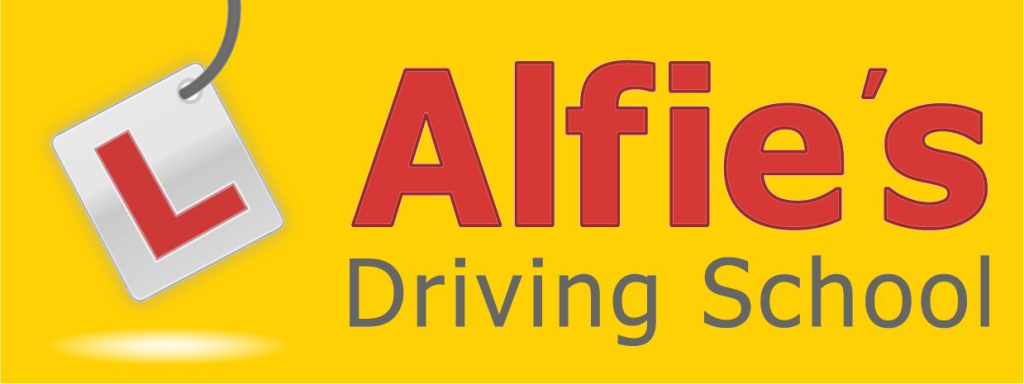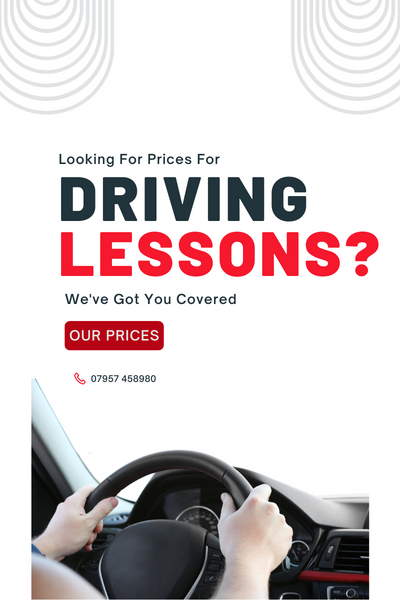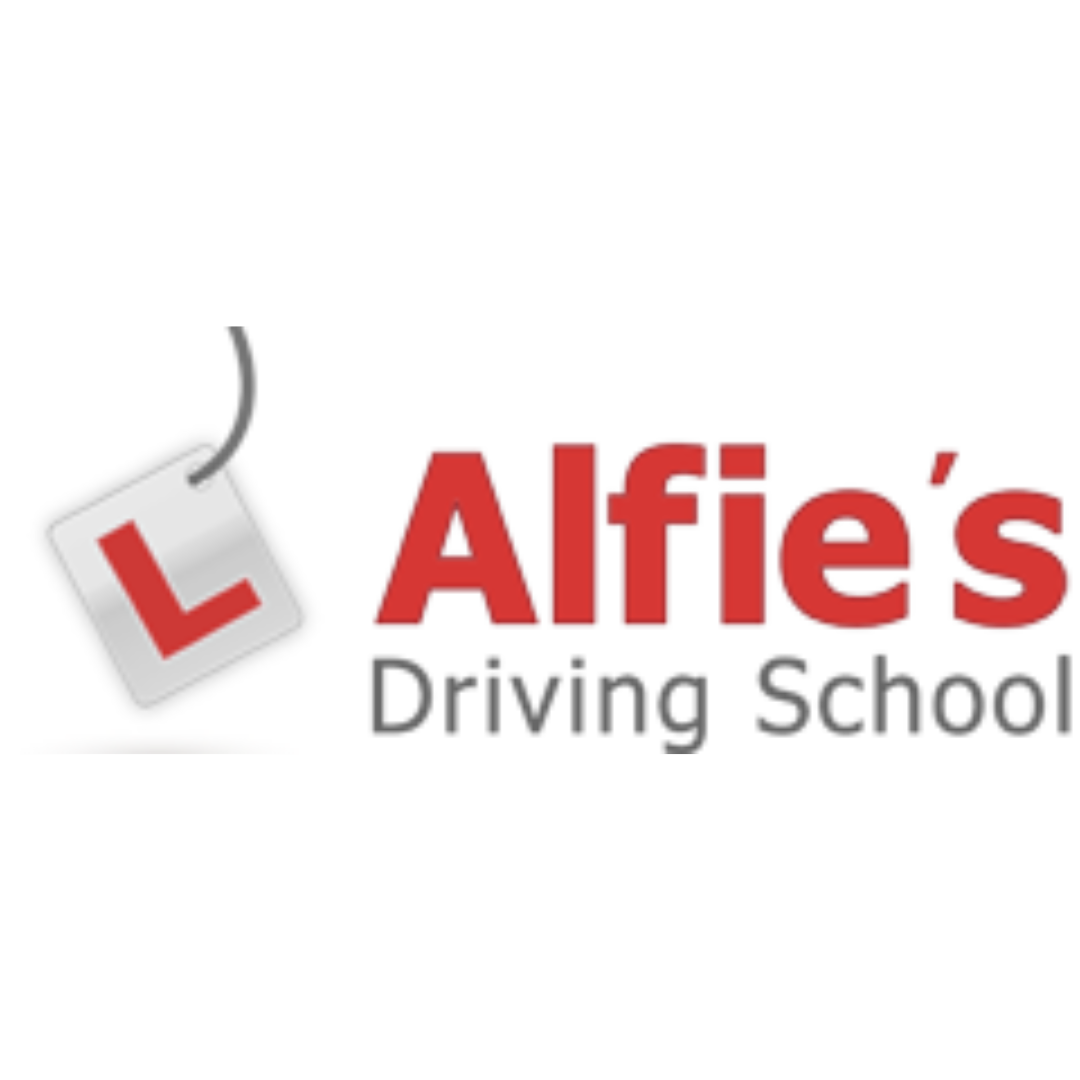During your driving test, your examiner will mark any faults you make, which are divided into three levels – minor, serious and dangerous faults.
You can make up to 15 minor faults in different categories, but no serious or dangerous faults – picking up one of those is an automatic fail. You also fail if you make three minor faults in the same categories.
Once you’ve completed your test, your driving examiner will go through any faults they noted on your driving report, giving constructive feedback on how to improve your driving.
If you failed, these details may be hard to hear, but listening and taking on board the advice will help you succeed in the future.
The driving test report explained
The report will record your name, date and time of the test, as well as the type of test it is.
Below this is the marking criteria, which is split up into different sections with space for the examiner to note any faults.
There are 28 sections on the driving report.
1(a). Eyesight test
Your eyesight is tested before leaving the test centre, with you reading a registration plate on a vehicle 20 metres away (20.5 metres on a vehicle made before 1 September 2001). You can use contact lenses or glasses if needed and must wear them whenever you’re driving.
1(b). Highway code/safety
This part only applies to certain vehicle tests where a theory test is not required and is not included in the practical driving test for a car.
2. Controlled stop
Around a third of candidates are asked to make a controlled (emergency) stop during their test, marked on your promptness, and how well you control the vehicle when doing so.
3. Reverse / Left and 4. Reverse / Right
If you’re tested on this section, you must carry out the reverse around a corner manoeuvre and are marked on your vehicle control and your observations.
5. Reverse Park
For this section, you’ll carry out parallel parking and the bay park manoeuvre, and be marked on how well you control the vehicle and your observations.
6. Turn in the road
You’ll be tested on how you carry out a turn in the road, including your control of the vehicle and your observations.
7. Vehicle checks
This consists of ‘show me, tell me’ safety questions, to demonstrate the kind of checks you must carry out on a vehicle before driving it.
8. Taxi manoeuvre
This is for people taking the taxi driving test and demonstrates your ability to turn a vehicle around, with the correct observations.
9. Taxi wheelchair
Again for the taxi driving test, you show you can use a wheelchair ramp correctly and get a wheelchair user safely into a vehicle.
10. Vehicle and trailer combinations.
Not included in a standard car test, this section requires you to correctly uncouple and re-couple a towing vehicle.
11. Precautions
This ensures you can properly adjust your seat to reach all the controls while comfortably seated before you even start the vehicle.
12. Control
Throughout the test, the examiner is looking to see you can use all vehicle controls in a safe, smooth and effective manner.
13. Move off
Here you show you can move away safely with full control on level ground, on a slope and at an angle, while making the correct observations.
14. Use of mirrors
Throughout your test you’ll be marked on using mirrors safely and effectively, checking them every time you signal, change direction and change speed, and using rear observations to negate any blind spots.
15. Signals
Here you demonstrate you use signals according to the Highway Code, to clearly show others on the road your intentions.
16. Clearance to obstructions
This demonstrates you allow the correct amount of space for parked and passing vehicles and pedestrians, according to the changing situation, and slowing down or stopping as required.
17. Response to signs and signals
This section marks you on correctly reacting to traffic lights and signs, and road markings and crossings, and obeying instructions from police and other traffic controllers.
18. Use of speed
You are marked on driving at a safe and reasonable speed, according to the type of road, its signs, and weather conditions, and being able to stop with a safe distance if needed.
19. Following distance
This measures your ability to keep a safe distance between your vehicle and others, including doubling the distance in wet weather, and leaving the correct space when in traffic.
20. Progress
You need to ensure you keep an appropriate speed for the road and weather conditions, driving at a safe speed without being too cautious.
21. Junctions
Here you show you approach junctions (including roundabouts) at an appropriate speed, making safe observations with the ability to correctly position yourself to turn left and right. You can’t cut any corners while turning.
22. Judgement
You must show you make appropriate judgements when meeting other road users, overtaking, and crossing into the path of other vehicles, while making your intentions clear.
23. Positioning
This shows you can position your vehicle in a safe manner at all times, guided by signs and signals.
24. Pedestrian crossings
This demonstrates you recognise the different pedestrian crossings and how to take safe actions, including giving way where appropriate, and waiting for all pedestrians to cross.
25. Position and Normal stops
When you’re asked to pull over, you must show you can find a legal, safe, and convenient place to do so, without causing an obstruction or creating any hazards.
26. Awareness and Planning
Here you show you’re aware of other road users and can plan for what is ahead on the road. This means predicting actions other road users might take, and taking extra care around more vulnerable users such as motorcyclists and cyclists.
27. Ancillary controls
This shows your ability to use secondary functions, including windscreen wipers, demisters and heaters, safely and without taking your eyes off the road, and you know the roles of all the switches and controls.
28. Eco-Safe Driving
Here you show you understand the principles of Eco-Safe Driving, but it doesn’t affect the overall result of the test.




